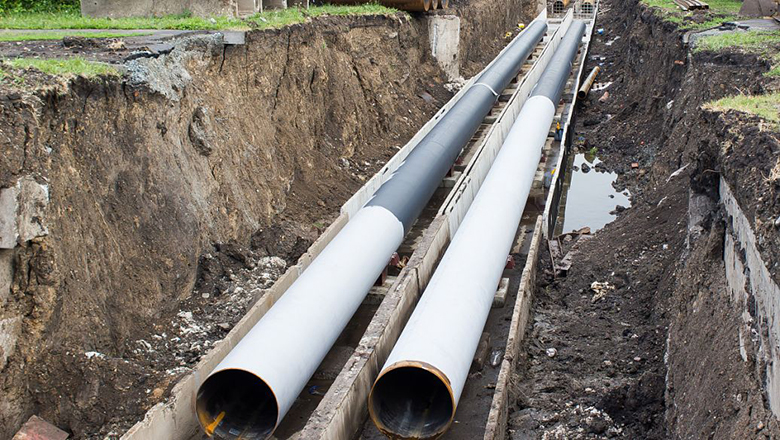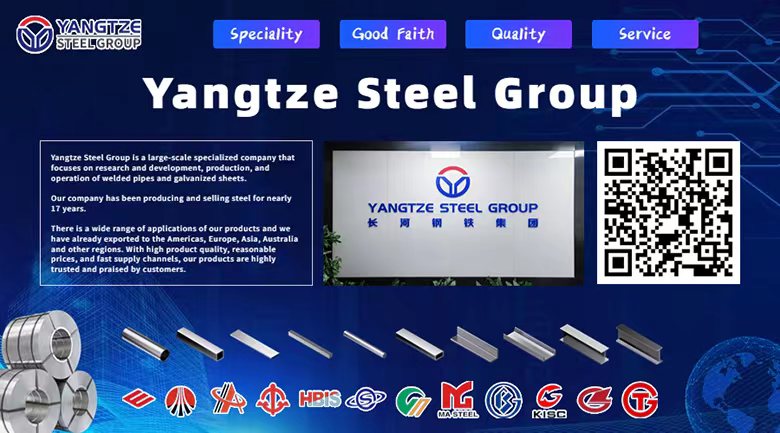Structure and use of 3PE anti-corrosion steel pipe
In modern industry, anti-corrosion pipeline system is the key to ensure the long-term stable operation of pipelines. As a pipe with excellent anti-corrosion performance, 3PE anti-corrosion steel pipe is widely used in oil, natural gas, chemical industry and other fields. Its "three-layer polyethylene" coating structure effectively resists corrosion and extends the service life of the pipeline.

1. Structure of 3PE anti-corrosion steel pipe
Materials | Main functions |
Epoxy powder coating | Provide good adhesion, prevent moisture and oxygen penetration, and play a basic anti-corrosion role. |
Adhesive layer (polyurethane) | Enhance the bonding strength between the epoxy powder layer and the outer polyethylene layer to ensure the overall stability of the coating. |
Polyethylene protective layer | It has excellent mechanical strength, impact resistance and corrosion resistance, and provides external physical protection. |
2. Use of 3PE anti-corrosion steel pipe
Application areas | Specific uses |
Oil and gas transportation | Used for long-distance transportation of oil and natural gas to prevent pipeline corrosion and ensure transportation stability. |
Marine engineering | Suitable for anti-corrosion protection of submarine pipelines to prevent salt water corrosion on pipelines and extend pipeline life. |
Chemical industry | Used for chemical transportation pipelines, it can resist corrosion from a variety of chemicals. |
Heating pipeline network | Anti-corrosion protection of pipelines in heating systems to ensure long-term stable operation in high temperature environments. |
3PE anti-corrosion steel pipe has become the preferred material in various pipeline systems due to its excellent anti-corrosion performance and durability. Whether it is used for oil and gas pipelines, urban water supply systems, or chemical transportation pipelines, 3PE anti-corrosion steel pipes can provide long-term protection, reduce maintenance costs, and improve the safety and reliability of the system.









